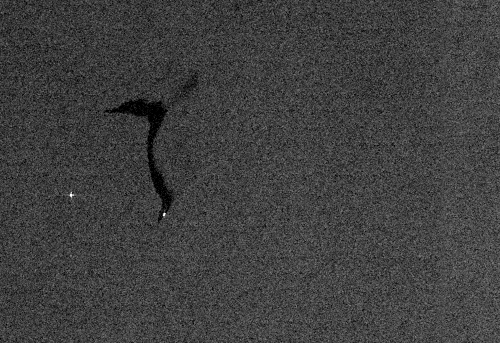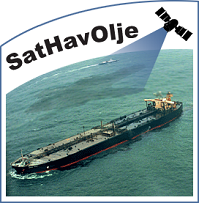SatHavOlje
SatHavOlje
Oil spill detection in SAR images
Pollution by oil spills in open sea and coastal waters is a major problem due to frequent transport of goods by ships. Many ships dump oil illegally when they think nobody's watching. Monitoring of oil spills from ships is therefore a high priority task.
Detection of oil spills in SAR amplitude images has been done quite successfully for some time both by manual inspection and automatic detection algorithms (e.g., see the review by Brekke and Solberg, 2005). When the wind is moderate and relatively constant over the entire scene, the oil spills are relatively easy to detect as dark spots due to lower surface roughness than surrounding water. However, in varying wind conditions, low wind areas may appear as dark as the oil spill areas, and can, depending on their shape, be confused with oil spills. Further, local ocean currents may create surfaces that appear equally dark.
NR has been pioneering automatic oil spill detection for two decades. Currently, the automatic oil spill detection algorithm is being evaluated at Kongsberg Satellite Services for inclusion in their operational oil spill monitoring service. The detection algorithm uses a statistical classifier to discriminate possible oil slicks from lookalikes. Then a confidence value is assigned to each slick by a number of heuristic rules. The algorithm is usually set to only report slicks with confidence 'medium' or higher. Then, slicks with confidence 'low' are not reported. The algorithm accepts selected modes of Envisat ASAR and Radarsat-2 SAR images.

Possible oil slick in Radarsat-2 image, HH polarisation, 25 June 2009.

Contact information
Project period
Financing
Norwegian Space Centre
Kongsberg Satellite Services

